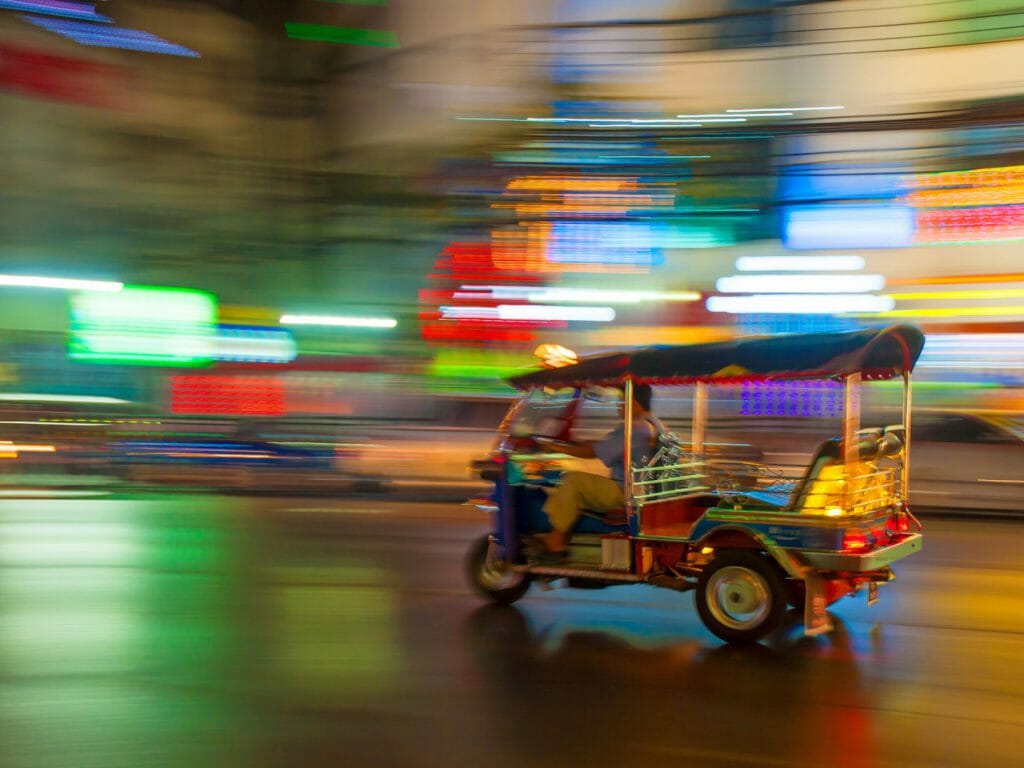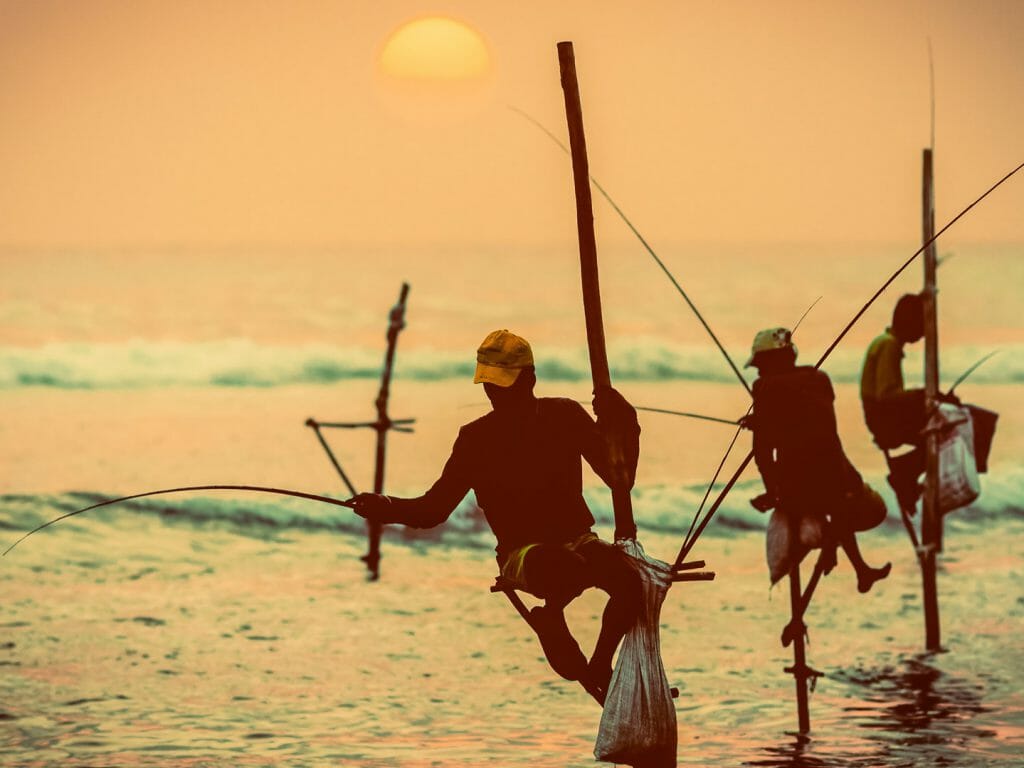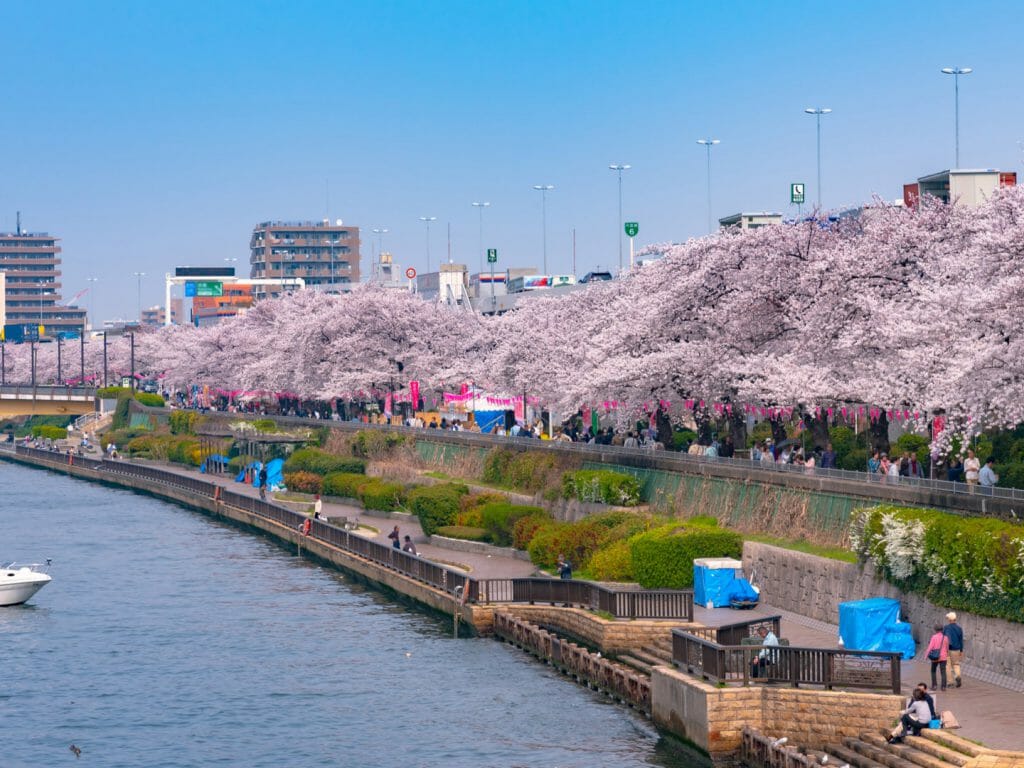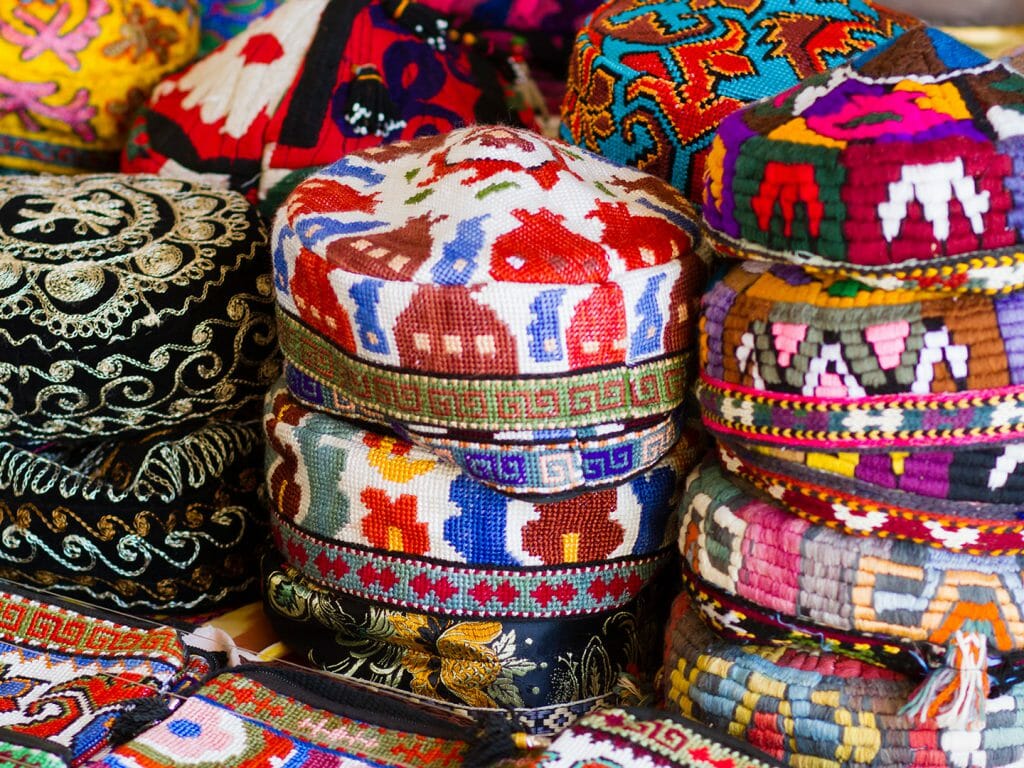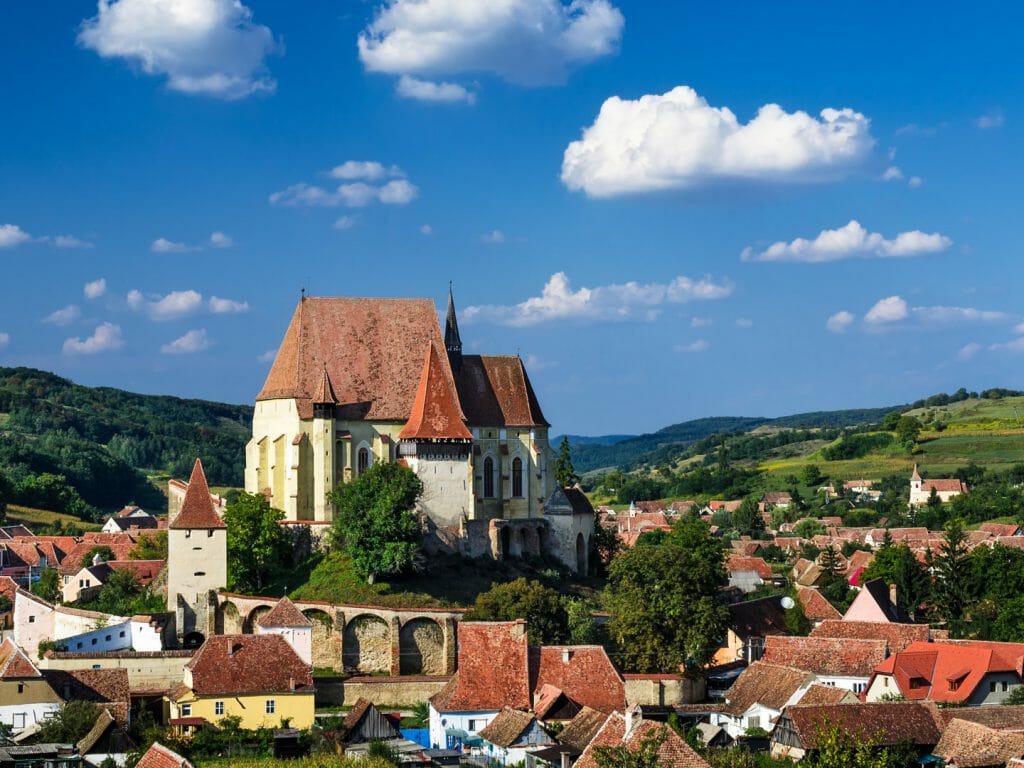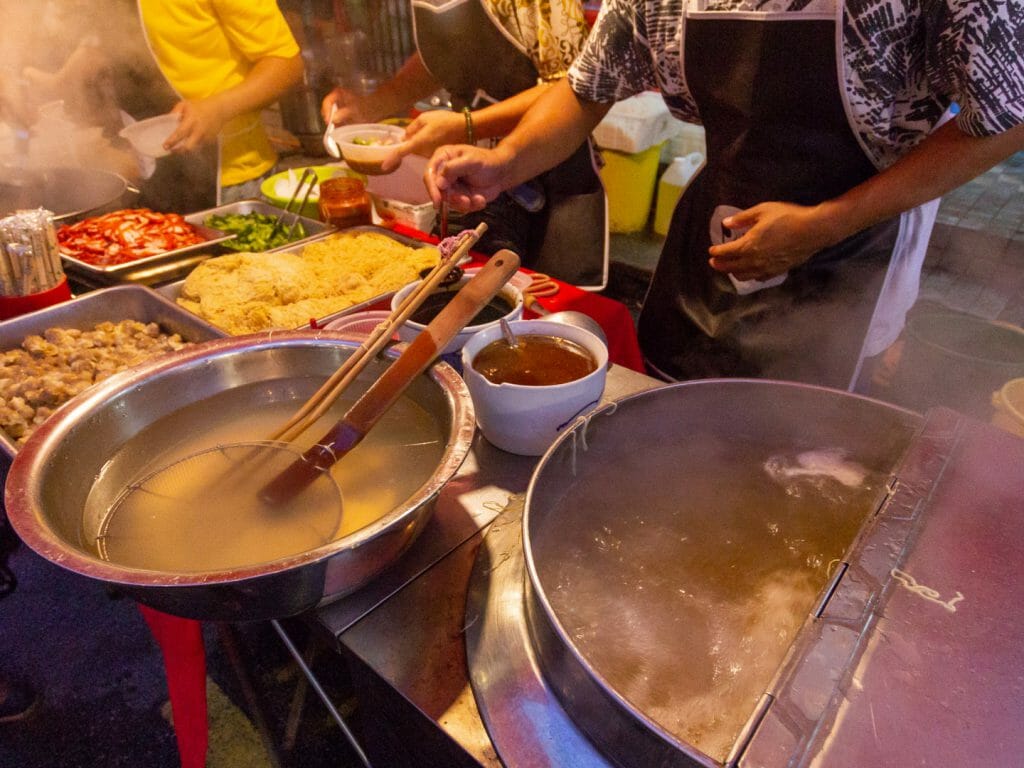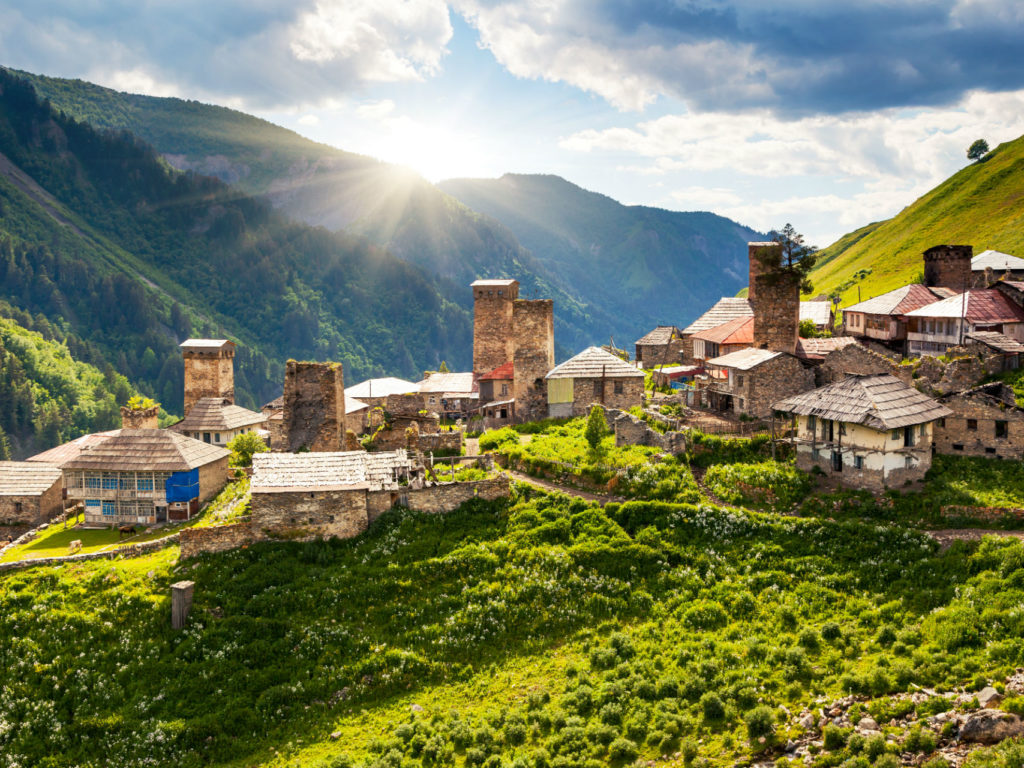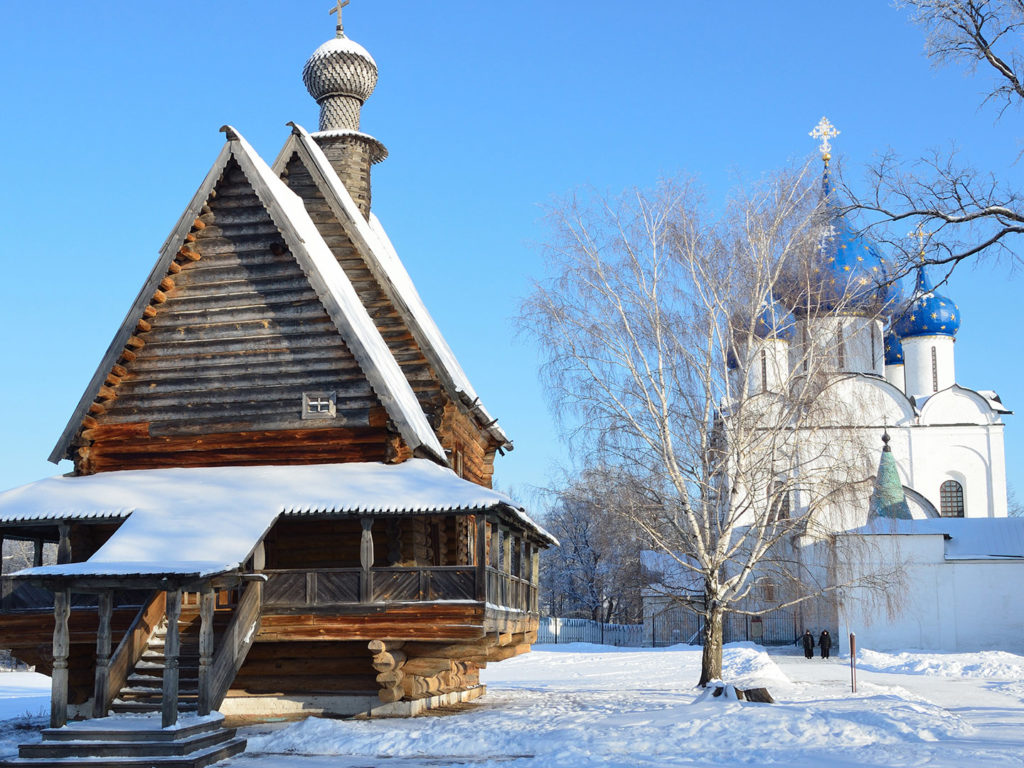On a crisp early morning, old men tend the locomotive, oiling and stoking. We roll out of the yard and onto the plateau, through the prickly pears to the edge of the escarpment. Then, like a roller coaster of old, we are launched off the edge, between hills, over narrow bridges and through black, soot-lined tunnels. Such is my introduction to the bizarre and beautiful nature of Eritrea.
In 1939, Mussolini wanted to reach Kassala, in Sudan, by rail but was distracted by the war with Ethiopia and only managed to construct a short section of track. This stretched from Massawa, on the Red Sea coast, to Bishia, in the Eritrean highlands. Surprisingly, a portion of this track survives, as well as the original steam train that ran along it.
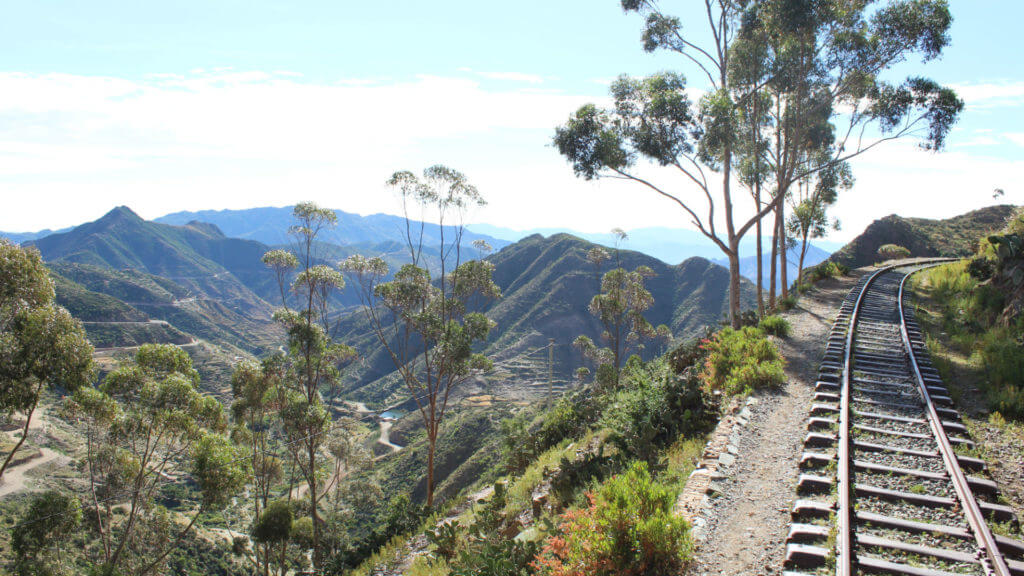
In Asmara, the giant palisades of Italian architecture tower over the well-maintained streets and boulevards. I pass iconic buildings – the Fiat showroom, the Roma cinema (now a trendy café showing Premier League football), the Italian war cemetery and the lido. The beauty of this Art Deco architecture stands in stark contrast to the world around it.
But I prefer the downtown market. Here, I walk amongst the people as they go about their daily chores. I visit a milling co-operative run and staffed by women. They are dressed in pink, carrying floral baskets that would make Cath Kidston feel at home. They walk the streets in modern dresses or beautiful traditional hebesha kemis, with pride and purpose. The women I meet throughout the country are fearless and forward-thinking. They always initiate conversation.
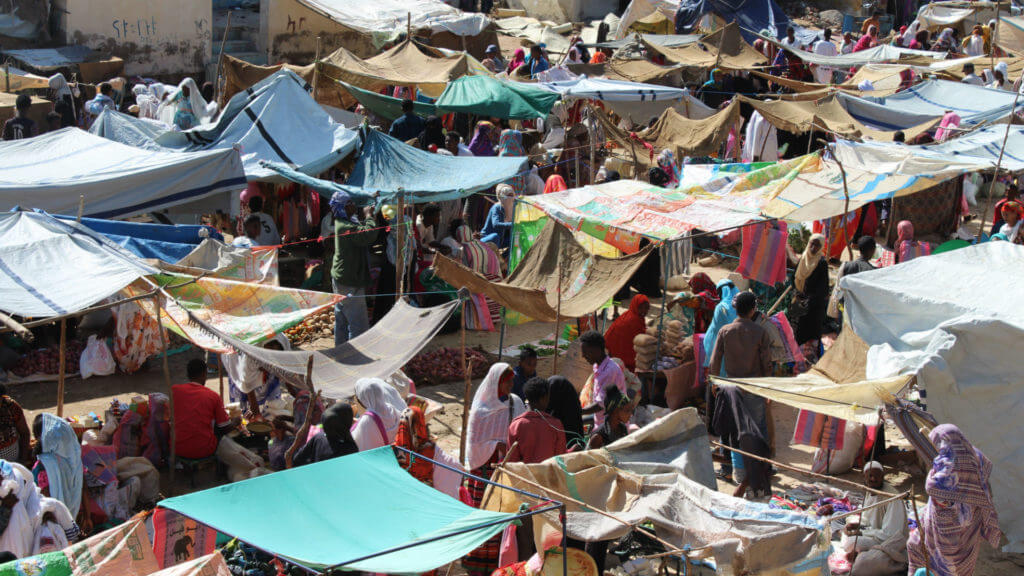
Murals portray shocking images of the war in which women fought alongside the men and were equally honoured as martyrs. Twenty years of war came to an end in June 2018 when Eritrea and Ethiopia signed a peace agreement. Posters of this historic day adorn the walls of many buildings. There is a sense of a new dawn. Life is improving: the borders have opened, there is an influx of imports, the price of food is dropping daily – the price of potatoes halved during my stay.
In the quiet town of Keren, I visit the market. For a day a week, the town is thrown into a riot of chaos and colour. The female-dominated merchant market is a melee, as a tide of people surges between the stall and every commodity from toothpaste to cabbages is exchanged with noisy chatter.
The camel market is more sedate as Tigrinya me haggle in a quiet hum. The camels are composed as they look haughtily on. Nearby, teams of oxen plough straight furrows to show their worth to prospective owners.
In the port town of Massawa, once called Mitsiwa’e, meaning ‘to call’ as the residents had to call the boats from the mainland to cross before the causeway was built, the heat is stifling heat and the pace of life slow. I walk into the Old Town, once renowned for its beautiful architecture but now desolate – in 1990 Eritrean forces destroyed the Ethiopian garrison by bombing Massawa for days.
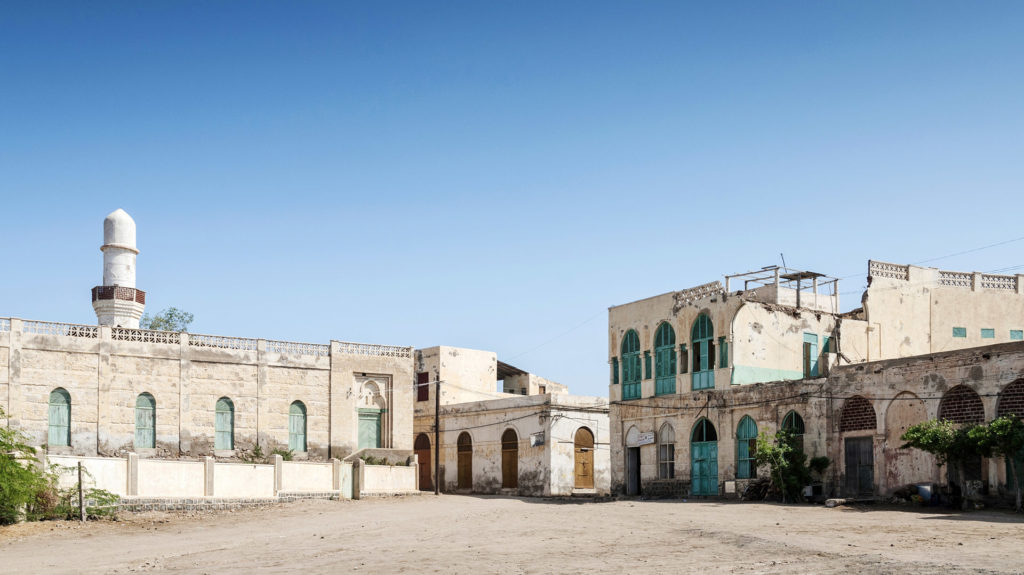
The grand past has almost vanished, so too many of the inhabitants. Eritrea feels empty. It has lost so many of its people. I hear stories of sons drowning in the Mediterranean and of fathers dragging their families on foot to Sudan. Every family has a story.
From Massawa I head out by boat to the Dahlak Archipelago. An hour later, a flat, sandy island appears in the azure sea, topped by a large flock of sea birds. Here, in the sweltering heat, the crew set up large dome tents and comfortable camp beds. An idyllic based from which to enjoy my surroundings or explore other islands. After a lunch of grilled fish lunch, I spend the afternoon fishing, snorkelling and spearfishing. The day ends perfectly when Asmara gin and tonic is served as the sun sets and the moon rises.
The best is kept for last as I snake along the high escarpment road from Asmara to Adi Keyh, through the most beautiful scenery. Many Eritreans travel this newly opened road, not so much for the stunning landscapes but simply to stare into Ethiopia.
Adi Keyh is not much of a town. However, the ancient ruins of nearby Qohaito take me by surprise. Situated midway between Adulis and Axum, this sprawling site was once an ancient trading town dating back to 5,000 BC. A pre-Christian temple and the unassuming Sahira dam have stood there all this time. The stairs into the water of the dam’s reservoir are worn smooth with age and use.
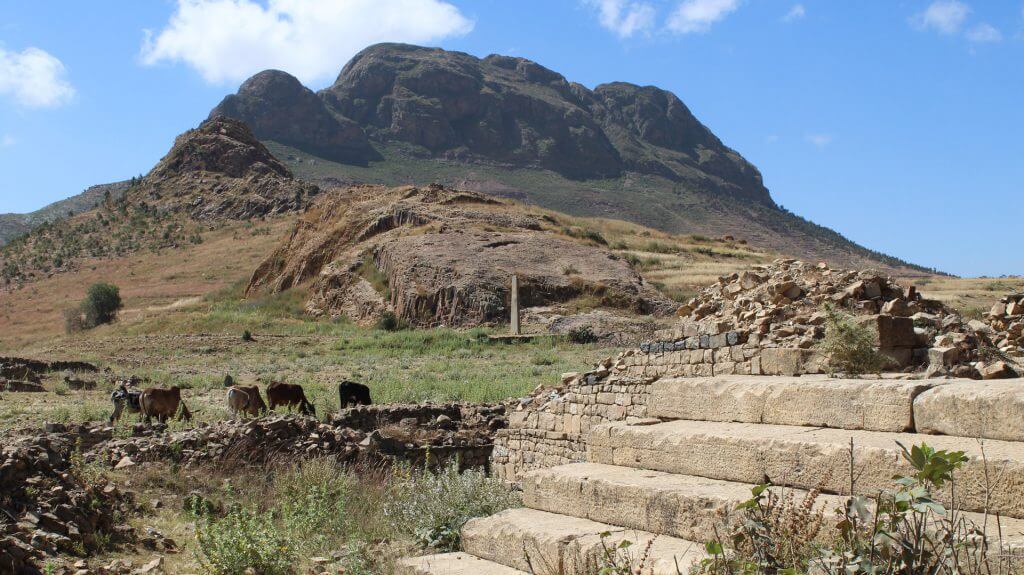
Nearby the highlands drop away into the most remarkable canyon, which sits at the tip of the Rift Valley. I make my way gingerly to the edge to view the rock art of giraffes, elephants and lions in the Adi Alauti Cave, which provides shelter for young goat herders. A bateleur eagle hovers at eyelevel. The vista takes my breath away. Black storm clouds roll into the distance, the sun highlighting a mosque in the foreground. An apt metaphor.


